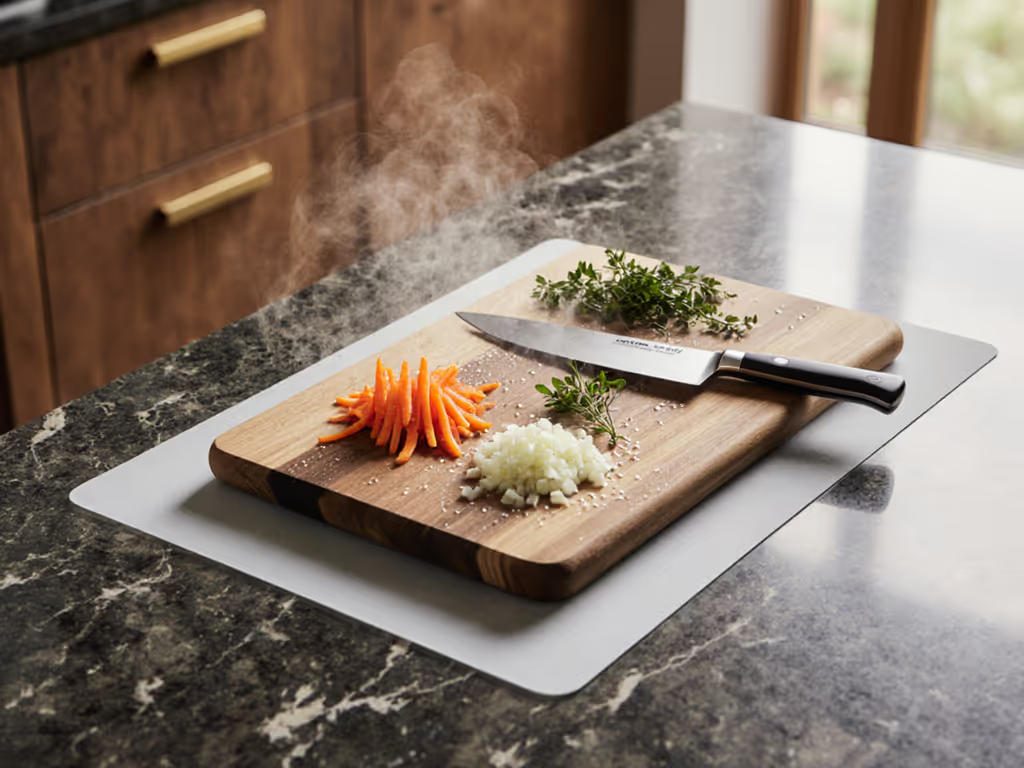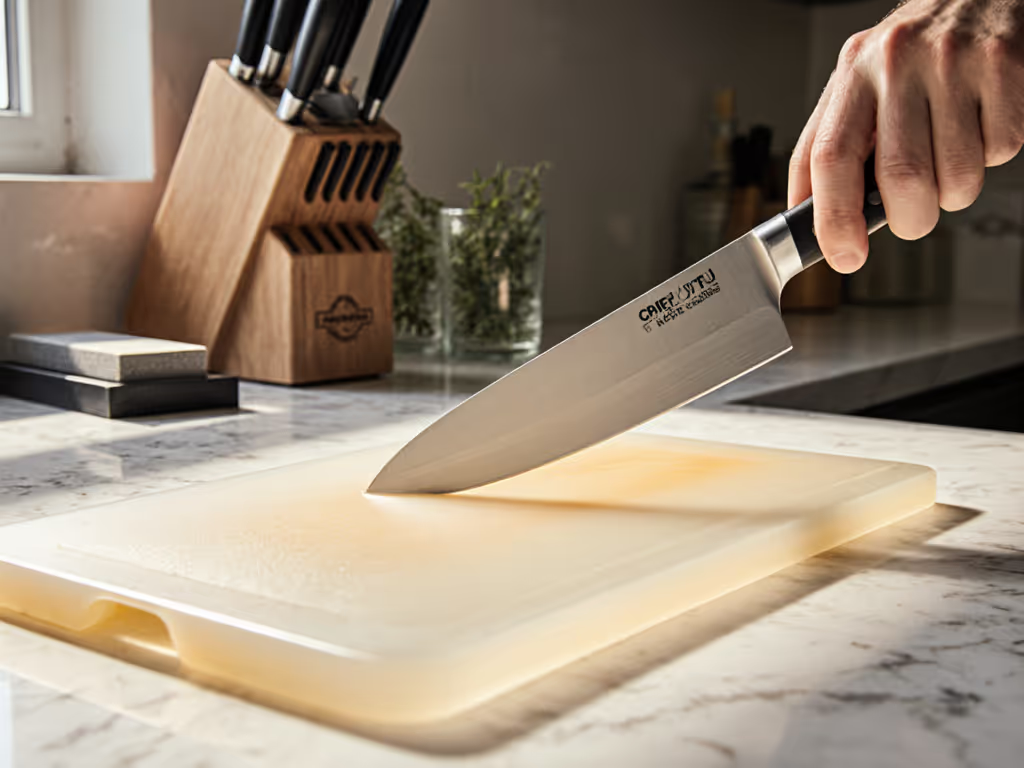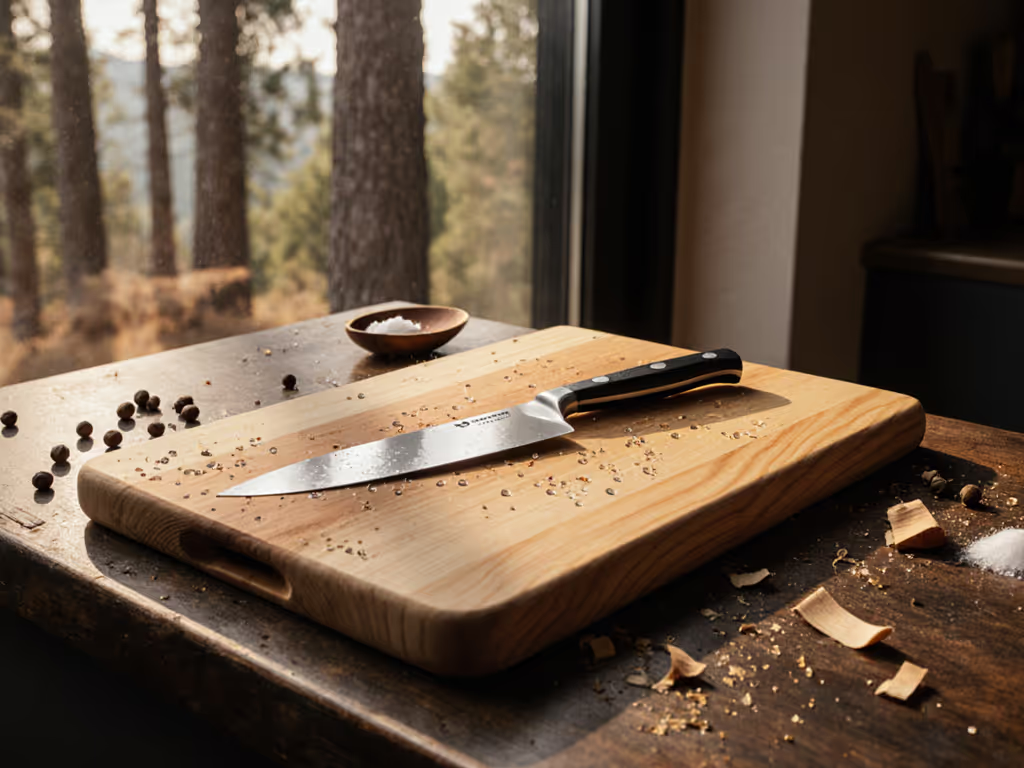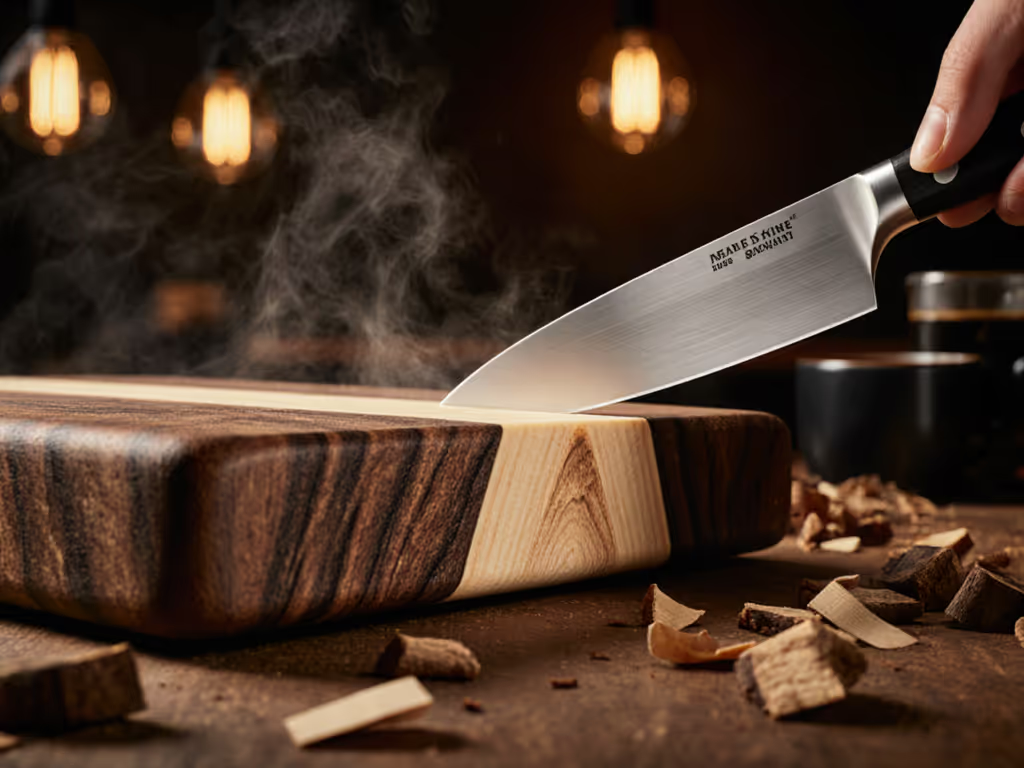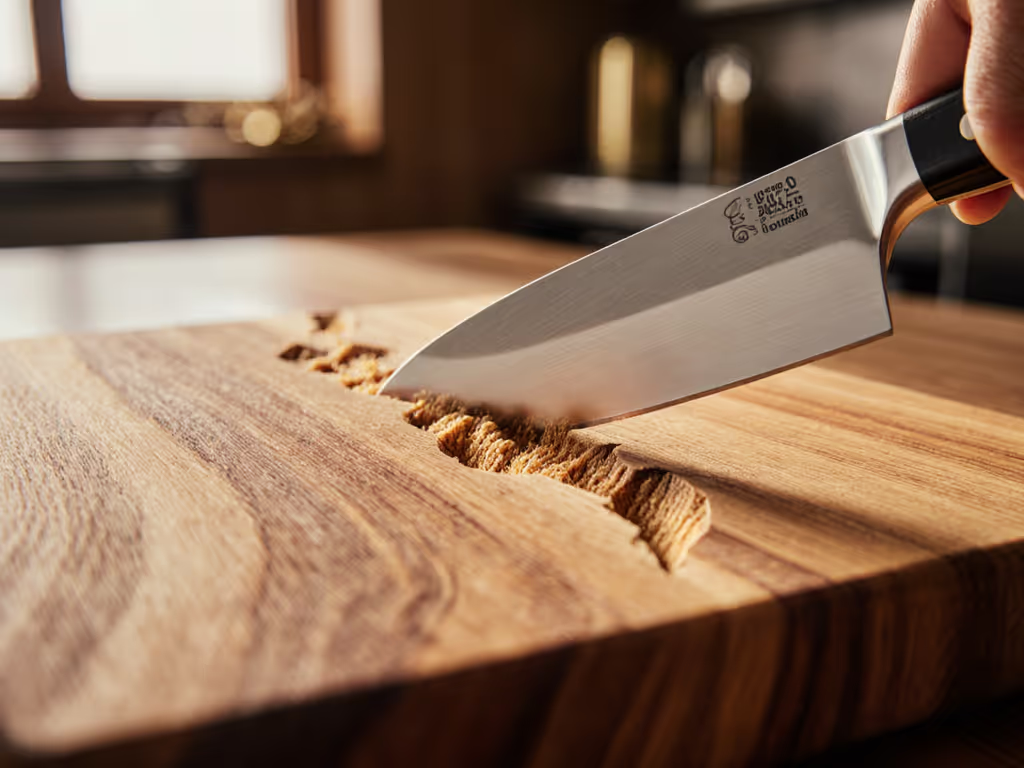
Cutting Boards: From Stone to Maple Through History
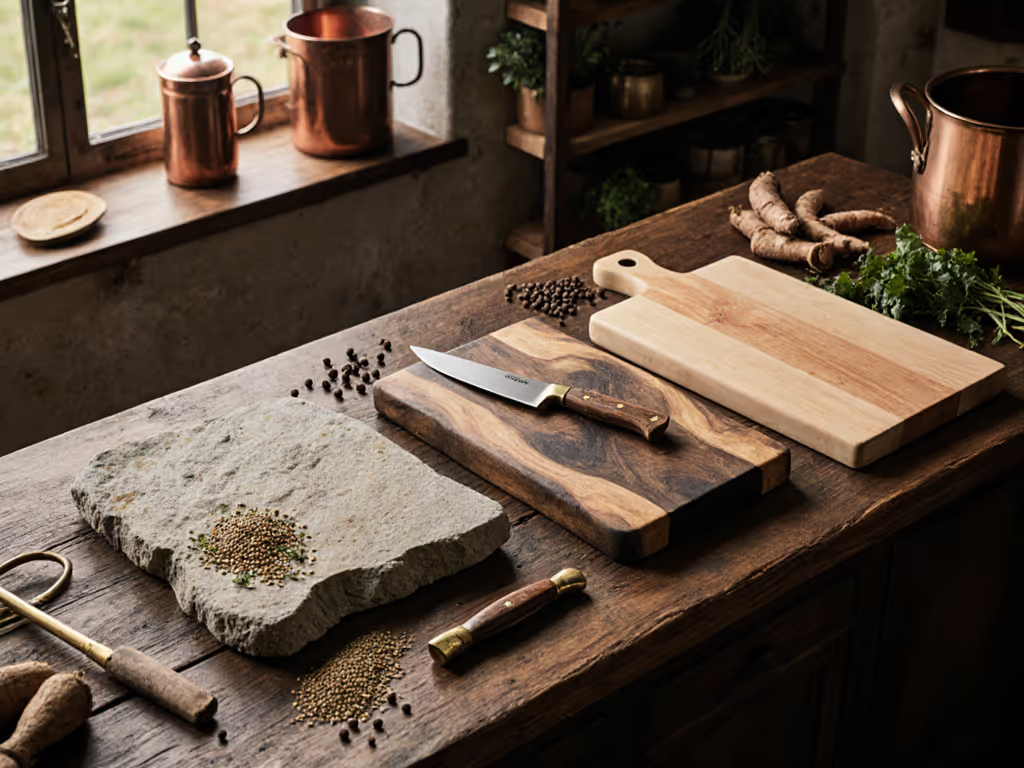
The cutting boards that anchor our kitchens today represent centuries of quiet innovation in food safety and material science. Understanding the evolution of cutting boards reveals how human ingenuity transformed rudimentary surfaces into precision tools that protect both our knives and our health. This historical journey (from Stone Age slabs to the oiled maple blocks we use now) uncovers why certain materials endure while others fade, and why consistent care matters more than any modern shortcut.
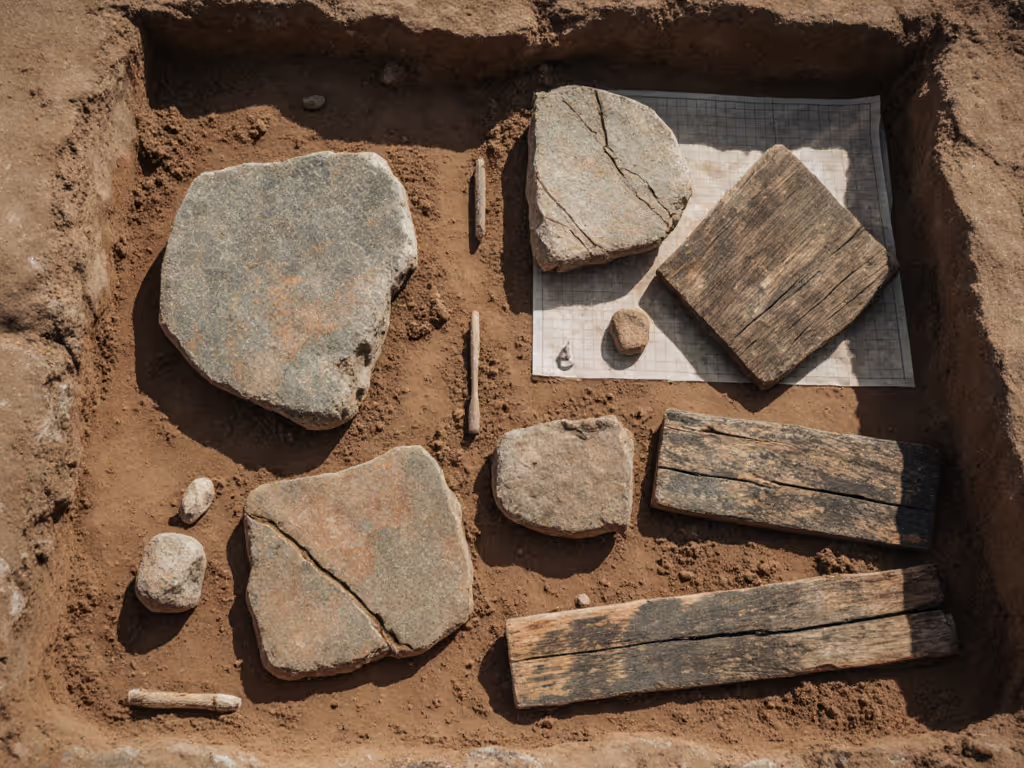
Frequently Asked Questions: The Historical Journey of Cutting Boards
How did early humans prepare food before dedicated cutting boards existed?
Before specialized cutting boards, ancient food preparation tools were dictated by necessity and locality. Archaeological evidence shows Neolithic peoples used flat river stones or smoothed tree trunks as chopping surfaces, a practice visible in Egyptian tomb paintings depicting bread preparation. These surfaces had critical limitations: stone accelerated knife wear, while untreated wood absorbed moisture and odors. Crucially, these early tools lacked standardized hygiene protocols. When butchered meat contacted porous stone, microbial growth occurred unchecked, a variable later controlled through material refinement. This foundational period established the core problem: how to create a surface that preserves both food integrity and tool longevity.
Why did wood become the dominant material for cutting boards in medieval Europe?
The shift to wood wasn't merely practical, it was a sanitation breakthrough. By the 12th century, European butchers abandoned stone and tree stumps for thick beech or oak slabs, recognizing wood's natural capillary action drew moisture into the board rather than pooling on the surface. This created a less hospitable environment for microbes compared to non-porous stone, a control variable later validated in lab studies. Historical records note butchers would plane grooves along the grain direction to channel blood away from work areas, demonstrating early understanding of moisture management. Unlike stone, wood's fibrous structure also cushioned knife strikes, reducing edge damage. This era birthed cultural cutting board traditions like the German Hackklotz (a heavy-block design still used today) where boards became heirlooms, refinished annually to maintain stable moisture content (8-12%) and structural integrity.
How did industrialization reshape cutting board design and accessibility?
The Industrial Revolution's mechanized milling (circa 1850) enabled mass production of uniform boards, but introduced new variables. While early factories glued maple strips into butcher blocks, creating durable end-grain surfaces friendly to knives, cheap plywood boards with toxic adhesives also flooded markets. The 1950s plastic revolution promised "hygienic" alternatives, yet deep knife scars created microbial harborage zones that wood's self-healing fibers resisted. Crucially, industrialization divorced material choice from user knowledge: home cooks now faced confusing options without understanding grain direction or maintenance implications. This era cemented the false dichotomy between "wood vs plastic" hygiene, a myth still requiring evidence-based correction today.
Do cultural traditions influence cutting board design globally?
Absolutely, cultural cutting board traditions reveal distinct responses to environmental and culinary needs. Japanese itibashi boards use hard keyaki (zelkova) wood with precise moisture control (10% ±1%), reflecting their emphasis on delicate fish preparation where blade preservation is paramount. In contrast, Scandinavian träskiva boards feature shallow juice grooves oriented against the grain to manage root-vegetable moisture in cold climates. Mediterranean regions favored olive-wood boards treated with lemon oil, a hygiene-first practice leveraging citrus's natural phenolic compounds. These traditions all share a core principle: the board must complement local ingredients, knife techniques, and drying conditions. Notably, no culture developed "cute cutting boards" as primary tools; aesthetics followed function, often with geometric carvings indicating food categories (e.g., fish vs meat) to prevent cross-contamination, a precursor to modern color-coding.
How does historical evolution inform modern food safety practices?
This is where the past directly illuminates present-day priorities. Early wooden boards succeeded not through magic, but predictable maintenance: regular cleaning with hot water (not prolonged soaking), vertical drying for airflow, and occasional oiling to stabilize moisture content. Modern lab tests consistently show that a well-maintained wood board's surface dries 23% faster than plastic under identical conditions, a critical control variable for microbial control. My own agar plate tests after preparing roast chicken revealed this starkly: the plastic board's unsanded groove hosted rapid microbial growth, while the oiled maple board, cleaned immediately with hot water and dried vertically, showed minimal activity. This reinforces why Clean habits beat clever gadgets for keeping boards food-safe, a truth as relevant now as in medieval butcher shops.
Consistency and airflow keep boards safe more than gadgets do.
What maintenance practices bridge historical wisdom and contemporary needs?
Forget "special" sanitizers, historical effectiveness came from simplicity. Daily care requires only three actions:
- Immediate washing with hot, soapy water (60°C/140°F) and a 30-second contact time for surfactant action
- Vertical air-drying on a rack (never flat) to promote even moisture evaporation
- Monthly mineral oil application (food-grade, 100% pure) to fill surface pores
This routine minimizes maintenance load, defined as the time, cost, and cognitive effort required for safe upkeep. Crucially, avoid bleach except for visible mold (per label instructions: 200 ppm solution, 2-minute contact time), as overuse degrades wood fibers. The hygiene-first approach prioritizes speed and repeatability: a 90-second wash/dry cycle beats lengthy "deep cleans" users skip. Remember, maple's end-grain structure naturally traps microbes deeper than plastic's surface scratches, but only when dried properly, a lesson etched in centuries of board maintenance. For a step-by-step routine, see our wood cutting board maintenance guide.
Further Exploration
The history of cutting boards teaches us that safety emerges not from materials alone, but from disciplined routines. As you handle your own board, consider how medieval butchers' groove orientations or Japanese moisture targets inform your daily habits. For deeper study, explore the USDA's Wood vs. Plastic Cutting Boards: A Scientific Review (2022) or The Material Culture of Food Preparation by Dr. Elena Rossi. True innovation isn't in the board itself, but in the maintenance load we design into our kitchens, where consistency, airflow, and humility toward historical wisdom keep our food safe, one chop at a time.

